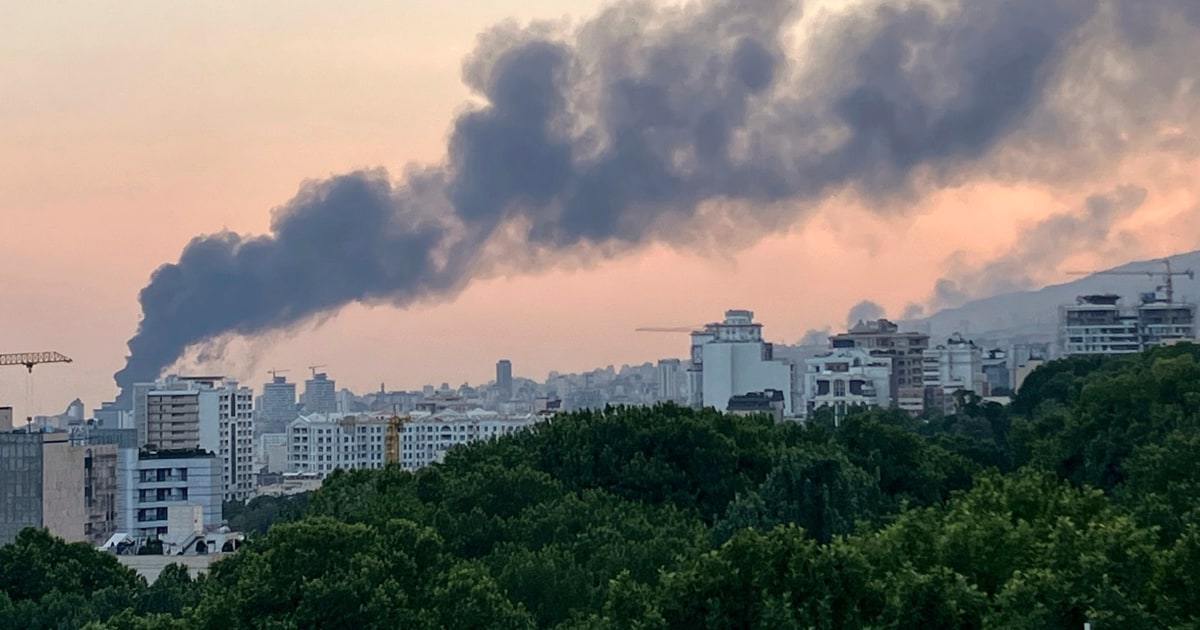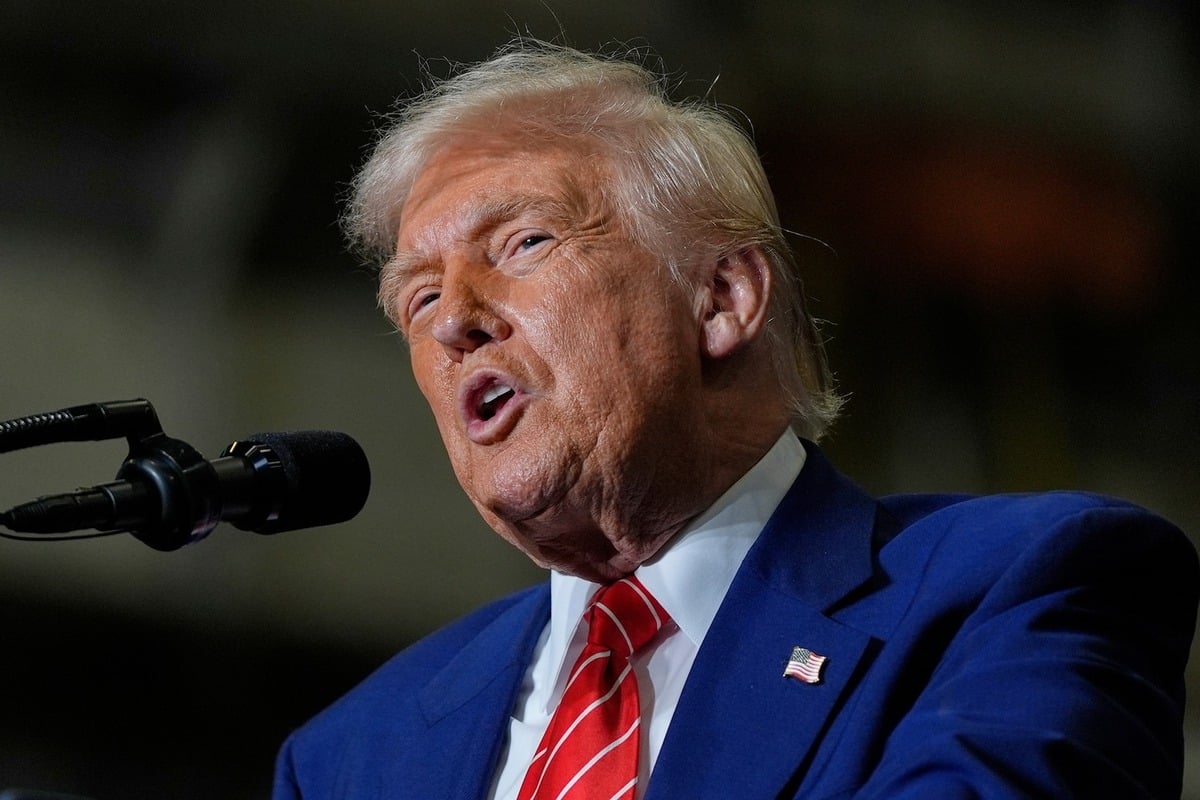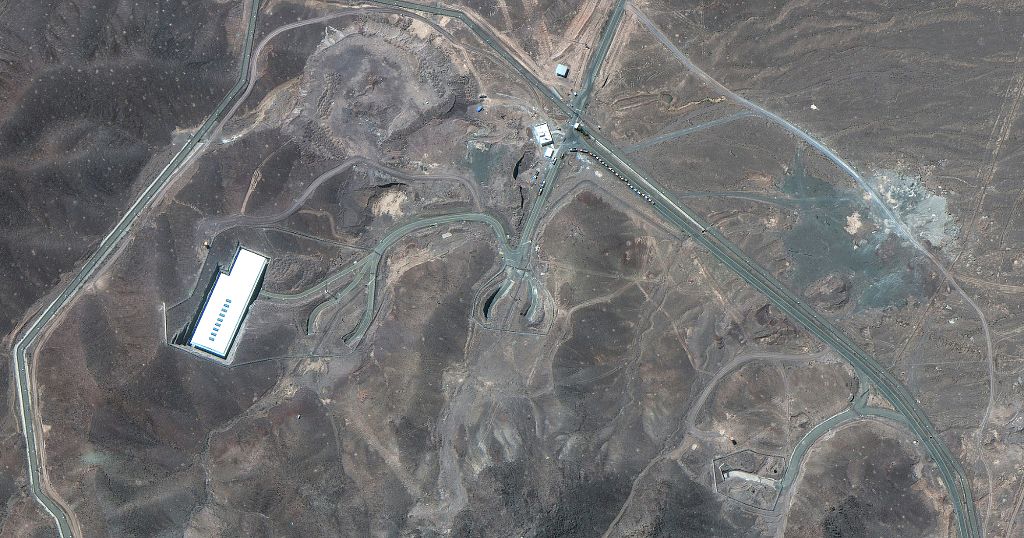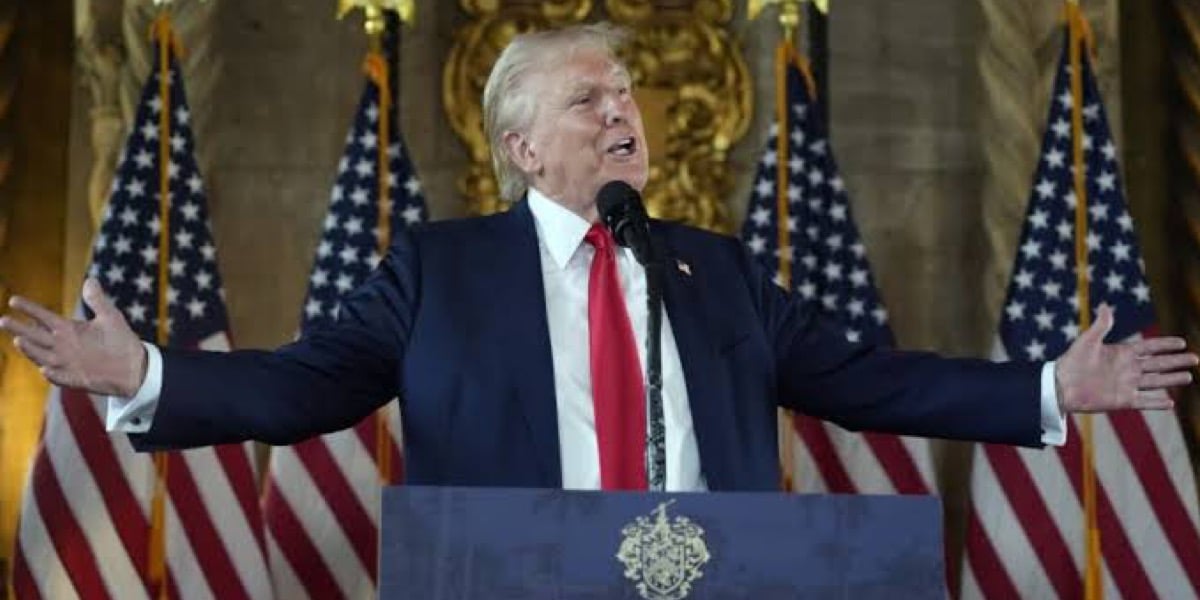U.S. Conducts Strikes on Iran; Trump Addresses Nation and Issues Warnings

On Saturday, June 21, 2025, the United States launched massive precision strikes on three key Iranian nuclear facilities: Fordo, Natanz, and Isfahan. President Donald Trump announced the attacks on Truth Social and later addressed the nation from the White House, declaring the operation a “spectacular military success.” These strikes followed earlier Israeli offensives on Iranian targets, initiated just over a week prior, with the U.S. informing Israel beforehand and Trump speaking with Prime Minister Benjamin Netanyahu after the American action.
The primary objective of these U.S. strikes, according to President Trump, was to obliterate Iran's nuclear enrichment capacity and eliminate the nuclear threat posed by what he termed the “world's No. 1 state sponsor of terror.” Specifically, Fordo, a high-grade uranium enrichment plant buried nearly 300 feet underground and protected by Russian anti-missile systems, was targeted by three American B-2 bombers each armed with two GBU-57 Massive Ordnance Penetrators (MOPs), also known as “bunker buster” bombs. Natanz, Iran's main enrichment site, and Isfahan, home to research reactors and laboratories, were struck by Tomahawk missiles launched from submarines. White House officials indicated that the U.S. had reached out diplomatically to Iran, stating these strikes were the extent of U.S. plans and that regime change efforts were not intended.
President Trump issued stern warnings to Iran, stating that if it did not “make peace,” future strikes would be “far greater and much easier,” with “many targets left.” He also cautioned that any Iranian retaliation against the United States “WILL BE MET WITH FORCE FAR GREATER THAN WHAT WAS WITNESSED TONIGHT.” While the Iranian Atomic Energy Organization confirmed the strikes, it claimed the attack would not halt Iran's nuclear program and called on the international community to condemn the actions. Iranian state media downplayed the impact, asserting sites had been evacuated and denying damage to Fordo, while Iran's Foreign Minister Seyed Abbas Araghchi declared the U.S. had committed a “grave violation” of the United Nations Charter and international law, reserving Iran’s right to self-defense.
The international community reacted with widespread concern. UN Secretary General Antonio Guterres expressed grave alarm, emphasizing that “there is no military solution” and calling for de-escalation and diplomacy. New Zealand urged all parties to return to talks, with its Foreign Minister calling the crisis the “most serious” he had dealt with. China's state media questioned if the U.S. was repeating its “Iraq mistake,” warning that military interventions in the Middle East often lead to prolonged conflicts. Japan and South Korea announced emergency meetings to discuss the security and economic ramifications, while Australia, which had already evacuated its embassy staff from Tehran, continued to advocate for de-escalation, dialogue, and diplomacy, noting Trump's call for peace.
The U.S. intervention also sparked significant internal debate and geopolitical analysis. Critics, including Democratic House Minority Leader Hakeem Jeffries and Senate Minority Leader Chuck Schumer, condemned President Trump for not seeking congressional authorization for the strikes. Senator Mark Warner warned that Trump risked dragging the U.S. into another “endless foreign war” without a clear strategy. Analysts like Nayyera Haq highlighted that Israeli Prime Minister Netanyahu's bravado was pulling the U.S. into a third front of conflict, making the U.S. complicit by default as the primary supplier and funder of the Israeli military. Concerns were raised about the potential for attacks on U.S. military installations in the region or casualties among U.S. citizens, forcing a high-stakes choice between supporting an ally and avoiding another costly war of regime change. Homeland Security officials are monitoring for potential physical and cyber reprisals from Iran, with U.S. intelligence officials noting the “uncharted territory” of the current tensions.
The geopolitical developments had an immediate and significant impact on financial markets. News of the Iran strikes and images of Trump in the Situation Room triggered volatility across traditional markets and cryptocurrencies on June 22, 2025. S&P 500 futures dipped by 0.8%, and the Nasdaq Composite declined by 1.1% at market open. Bitcoin (BTC) saw a sharp 3.2% drop from $62,500 to $60,500 within an hour, while Ethereum (ETH) fell 2.9%. Trading volumes for BTC-USDT and ETH-USDT pairs surged by 18% and 15% respectively, indicating heightened market activity and panic selling. Conversely, safe-haven assets like gold rose by 1.5%. Institutional money showed a clear shift away from riskier assets, with a 12% increase in Bitcoin transactions moving to exchanges and outflows from crypto ETFs like Grayscale Bitcoin Trust (GBTC). While Bitcoin and Ethereum attempted recoveries, they faced resistance, and crypto-related stocks like Coinbase Global also saw declines, underscoring the strong correlation between traditional and crypto markets in response to geopolitical uncertainty. Traders are closely monitoring key support and resistance levels for potential entry points in this volatile period.










